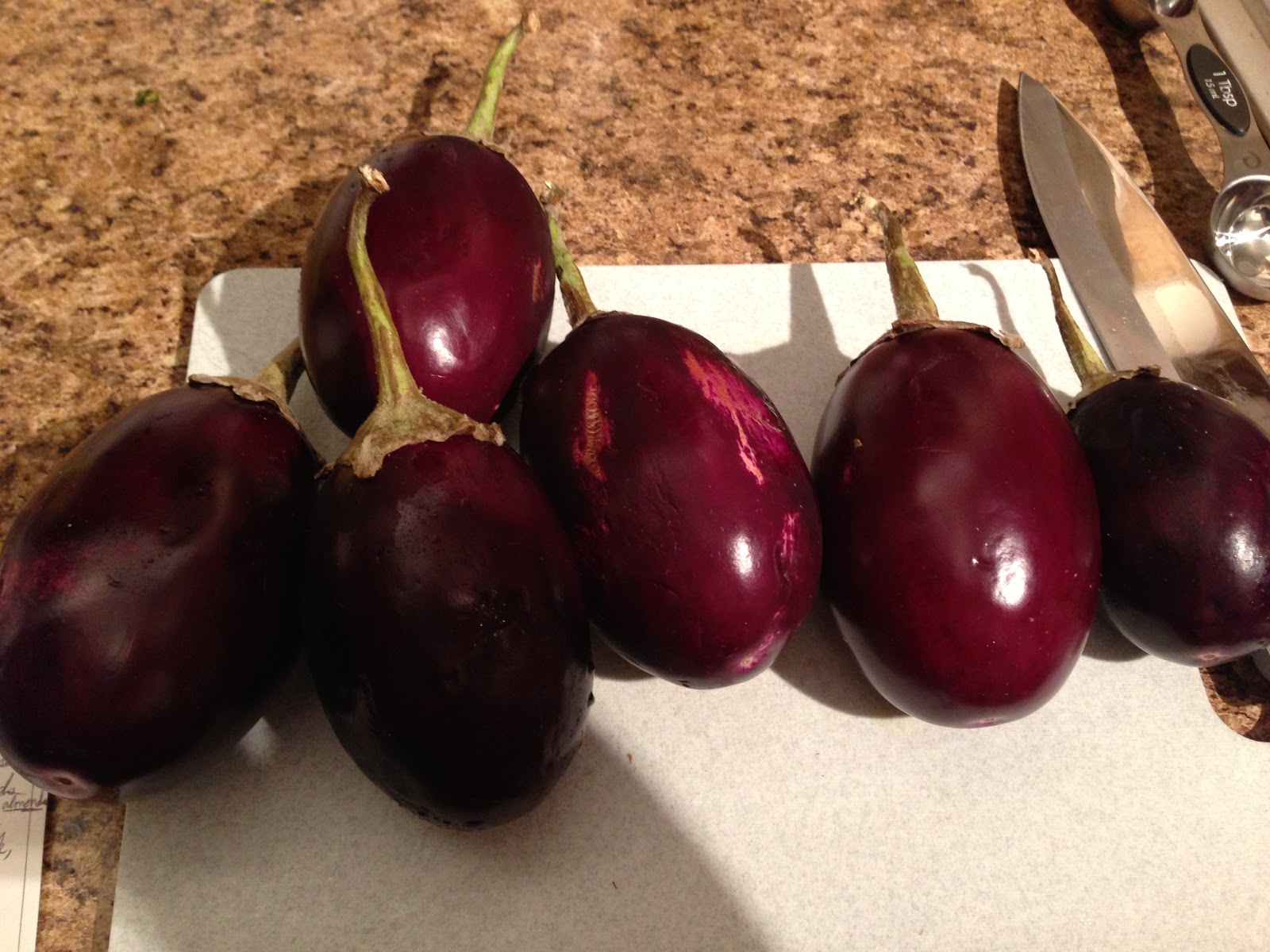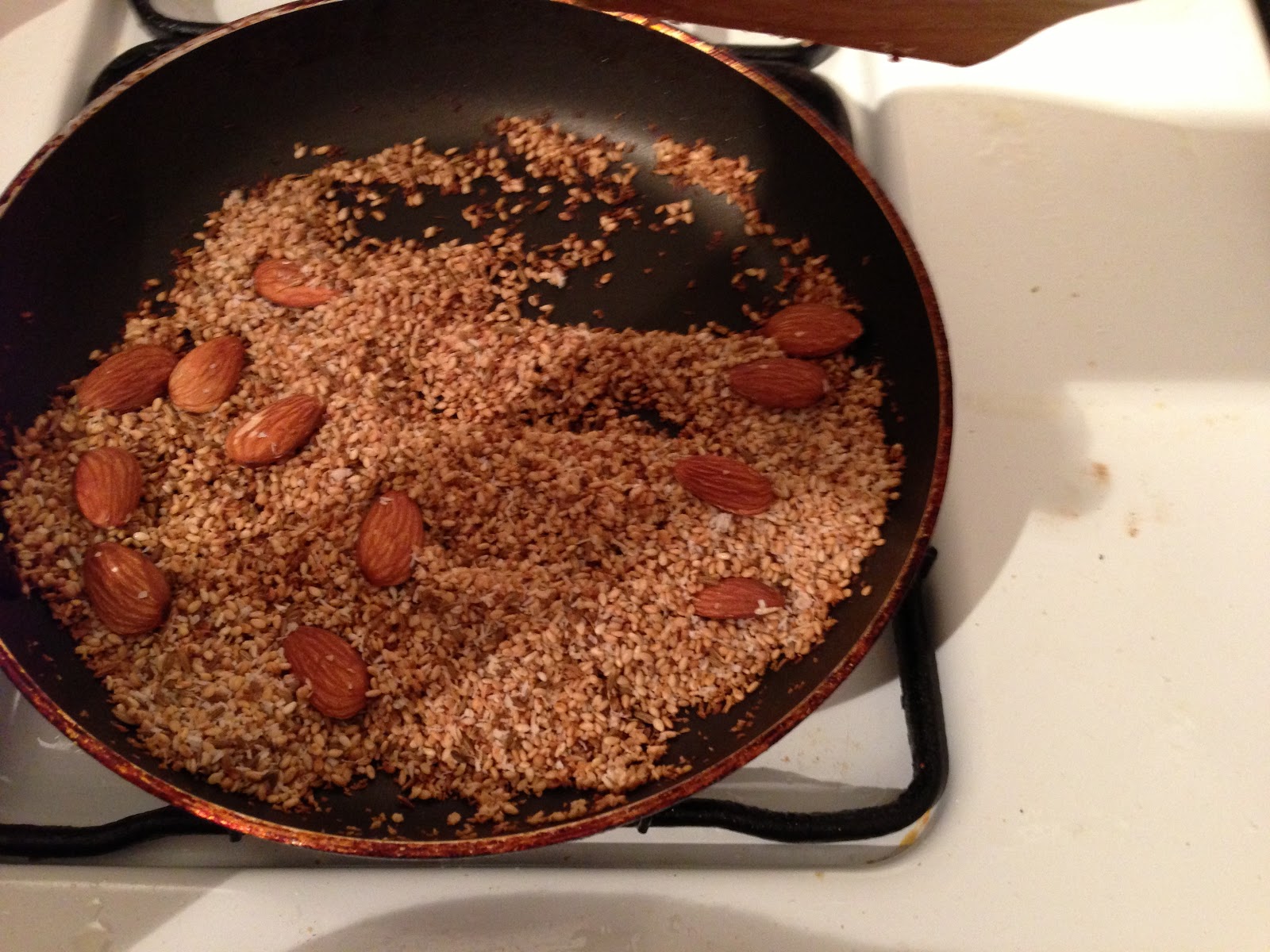People often request this extremely simple recipe of lentils, Masoor Ki Daal (Lentils). It was the first Pakistani recipe that I made by myself and one that continues to be a favorite. If I haven't gone grocery shopping and I don't know what to make, I can always make this inexpensive, filling, quick and delicious recipe.
My husband first introduced me to this recipe by telling me it was "humble food." Lentils and rice are the staple diet in Pakistan. Not something that people would typicaly serve at a davvat and not something that most Pakistanis would consider amazing. However, for him, it was amazing. It reminded him of home and memories that had long passed. He loves the beautiful simplicity of the dish and to this day finds it to be absolutely perfect.
We joke a bit because while this isn't something I would make for an invitation with other Pakistanis, it is almost always on the menu for westerners. It's mild, it's simple, it's fast, and I've yet to meet a westerner that didn't like it.
Add 4 cups of water, 1/2 teaspoon of tumeric powder, 1 teaspoon of red chili powder, and about a tablespoon of salt and bring to a boil.
Almost cover. By almost cover, I mean, put the lid on, but don't seal it (pictured above) so some of the water can evaporate. Reduce to a simmer for approximately 20 minutes.
Lentils should be soft and mushy and most of the water will have evaporated (pictured above).
Let the lentils stay on simmer while you make the...(do you know what this is yet???) BAGHAAR!!! Add 2 cloves of chopped garlic, 1 teaspoon of cumin seeds, and about 2 tablespoons of vegetable oil to a small pan.
Cook on medium/high heat until golden brown.
Pour over your lentils while yelling, "BAGHAR!!! BAGHAR!!!" By yelling, it will enhance the flavors.
Stir in 2 tablespoons of lemon juice and turn off the stove.
Pour into a bowl and serve over plain white, basmati rice.
You can also serve it with half of a sliced onion soaked in lemon juice. Frankly, I won't eat Masoor Ki Daal without it...!!
This same recipe can be used with a different type of masoor lentils that are darker, but you have to cook them for about an hour instead of 20 minutes.
The darker lentils have a more solid texture than the mushy red lentils, but both taste great over rice.
What a blessing to be able to eat simple, delicious, healthy, and inexpensive food!



































